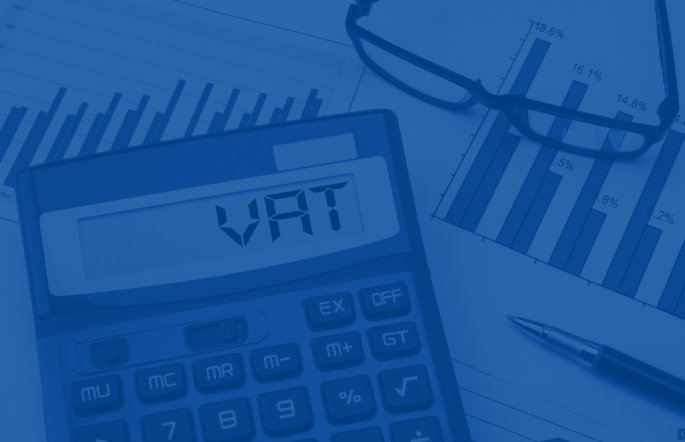
You’re about to sign a lease with a tenant but she’s raised a last minute question. She thinks it will benefit her if you opt to charge VAT on the rent. It sounds counter intuitive but as the property will be used partly for business and part as a dwelling, might she have a point?
Opt to tax
Supplies of property, e.g. letting, are normally exempt from VAT but opting to tax the property changes this. As the landlord it means you must charge VAT on the rent. More importantly from your perspective is that it allows you to reclaim VAT paid on expenses you incur, e.g. repairs relating to the property. On the face of it there’s a financial advantage in opting to tax a property. While opting to tax and notifying HMRC is relatively straightforward, there are complications in putting it into practice where the property is used for both business and non-business purposes.
Trap. An option to tax cannot apply to any part of the property which is used for residential purposes, e.g. the living accommodation located above the commercial part of a property. It therefore remains exempt irrespective of the VAT treatment for the rent charged on the shop.
Tip. Where you opt to tax you should notify your tenant beforehand and let them know the date the option applies from. Follow this up by providing them with a copy of the letter you receive from HMRC acknowledging your option.
No VAT recovery
As indicated by the Trap above, our subscriber is not entitled to reclaim VAT paid on expenses solely relating to the exempt part of the property. However, for expenses which relate to both the commercial and residential parts, e.g. maintenance or repair work to the roof, a proportion of the VAT can be reclaimed. The rules allow you to work out the reclaimable VAT using any fair and reasonable method.
Tip. Normally, the exempt amount of VAT cannot be reclaimed but where it doesn’t exceed the partial exemption de minimis limits for any VAT period it can be.
VAT on rent
We don’t know what our subscriber’s rental agreement says about the arrangement with her tenant, i.e. whether there will be a single rent for the whole property or separate rents for the commercial and residential parts. If there will be separate charges, and our subscriber opts to tax the property, she must add VAT only to the rent for the commercial part. If instead she intends to charge a single rent for both parts, she must make a notional apportionment between the two and again only add VAT to the part of the rent for the commercially used part.
Tip. In the case of a single rent for the whole of the property there’s no rule which specifies a method for working out how much is VATable and how much is exempt. HMRC follows the same principles as those for the apportionment of expenses. Our subscriber can use any fair and reasonable method. For example, she could look at rents in the area for comparable properties and use these as a guide.
This article has been reproduced by kind permission of Indicator – FL Memo Ltd. For details of their tax-saving products please visit www.indicator-flm.co.uk or call 01233 653500.